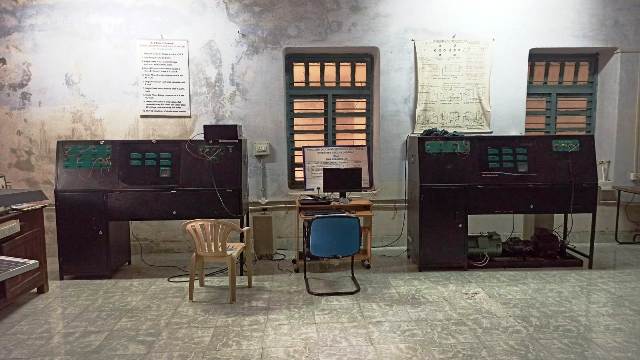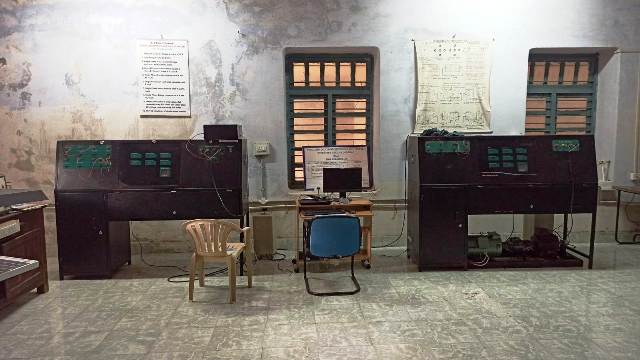Ecosense refurbished Microgrid Lab at JNTU College of Engineering, Anantapur
Ecosense refurbished
Microgrid Lab at Department of Electrical and Electronics Engineering, JNTU
College of Engineering, Anantapur. JNTU College of Engineering, Anantapur is
one of the premier Engineering colleges in Andhra Pradesh. It is established
with the mission to identify and implement proven, prevention-oriented,
forward-looking solutions to critical scientific and technological problems.
The Microgrid lab at
Department of Electrical and Electronics Engineering, JNTU College of
Engineering, Anantapur consists of two research equipments set-up by Ecosense.
These equipment includes:
1. Multi-Algorithm,
Multiple-Controller Microgrid System.
2. WTE-PVE Hybrid Grid
Connected System


